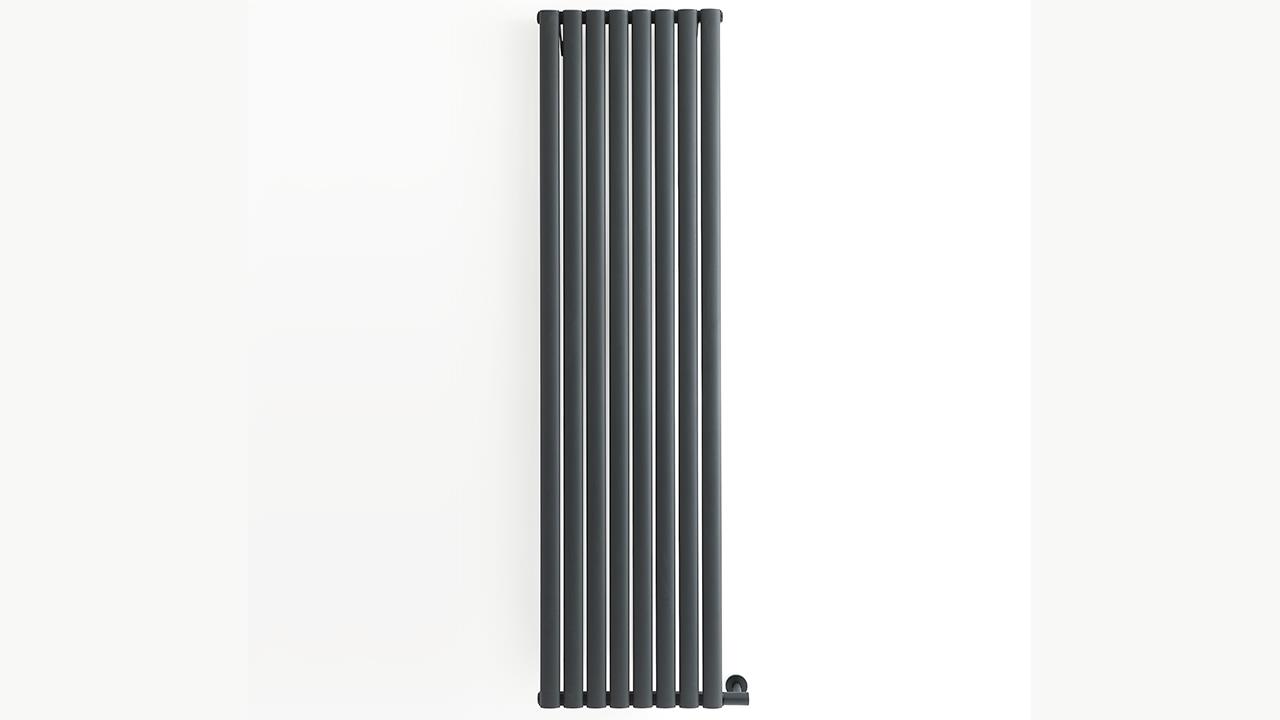

In an evolving landscape of modern heating technology, electric radiators can rightly be considered one of the standout sustainable options as the UK’s drive towards renewable energy solutions enters full flow.
Smart electric radiators can provide an excellent foundational component for a household looking to enhance energy efficiency and cut running costs.
Here, we’ll explore the future prospects of electric radiators, touching on the part they can play within a larger-scale switch away from traditional fossil fuel power sources, like gas and oil, to more economically viable solutions.
How do electric radiators work?
Amid the UK cost of living crisis, never has such a strong emphasis been placed on efforts to reduce energy costs where possible. And considering traditional gas boilers are still the dominant means to heat homes, the opportunity for customers to trim their outlay by investing in electric radiators might be one that has gone somewhat overlooked so far.
Working via a simple plug-in setup, smart electric radiators operate independently of any central heating systems, and therefore only draw on the household electrical supply when in use. What’s more, they can heat an individual room as opposed to the entire home, which in turn can also assist with reducing energy usage and therefore cost.
Of course, you’ll need to factor in initial purchase price, but there are a wealth of stylish electric radiator options on the market to suit most budgets, and savings made on running costs are sure to outweigh the upfront outlay in time.
What are the advantages?
Electric radiators’ position as a greener heating solution that helps deliver lower energy costs is an extremely appealing benefit, on the face of it. What’s more, smart features provide another fillip to an already impressive offering.
Contemporary electric radiator models are able to work in cohesion with Bluetooth or WiFi-enabled smart thermostats for precise, readily adjustable temperature control.
These components also allow for remote temperature alterations and enable the user to switch the systems on and off even when out of the house, via apps installed on smartphones or other devices, such as tablets.
Electric radiators also offer versatility – from the scope of different dimensions and designs to contrasting heat outputs they can provide.
Some of the latest models offer a handy dryer function, complete with timer, as well as an automatic anti-freeze setting to protect the appliance when temperatures dip below a certain level. The latter attribute in particular exemplifies the suitability of electric radiators as an all-year-round solution.
Going green
It is the aim of the UK government to achieve zero carbon emissions by 2050, and to significantly reduce them as early as 2035 by a whopping 78% compared with 1990 levels.
Thanks to the features and elements associated with their use alluded to in this article, it is not too difficult to understand why electric radiators can potentially play a huge role in achieving these goals.
What’s more, the relatively low initial purchase outlay required for electric radiators, in contrast with alternative green heating options, can contribute to their popularity too.
Although not supported by financial government incentivisation, electric radiators are a far simpler solution to buy, install, and run than other sustainable heating systems that necessitate a bigger commitment; ground and air source heat pumps, storage heaters, and biomass boilers, for example.
An investment in electric radiators can help UK homeowners get ahead of the curve as it pertains to renewable heating options, and they certainly represent one of the most stylish, yet hassle-free, means to do so.
If you'd like to keep up-to-date with the latest developments in the heating and plumbing industry, why not subscribe to our weekly newsletters? Just click the button below and you can ensure all the latest industry news and new product information lands in your inbox every week.